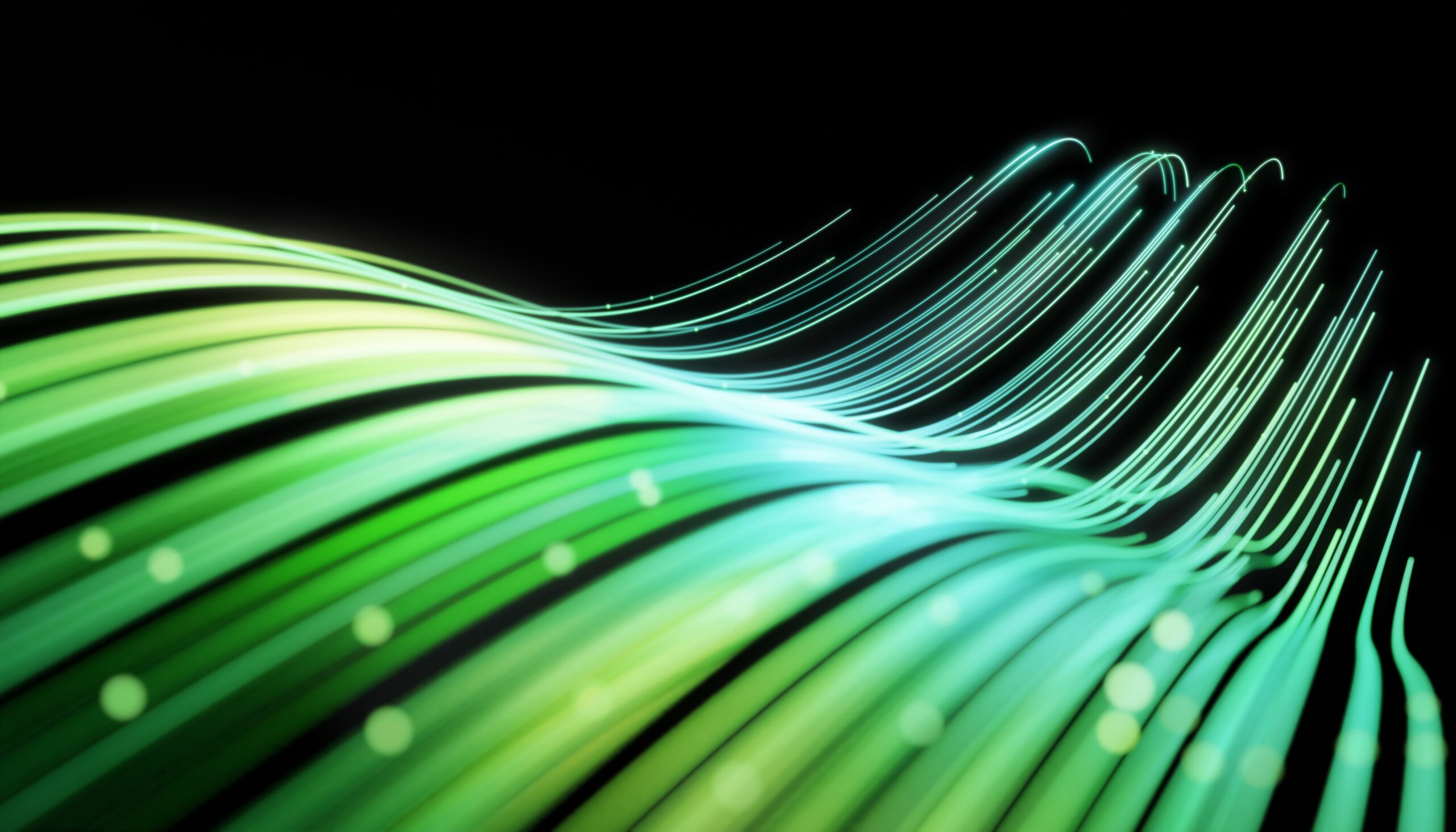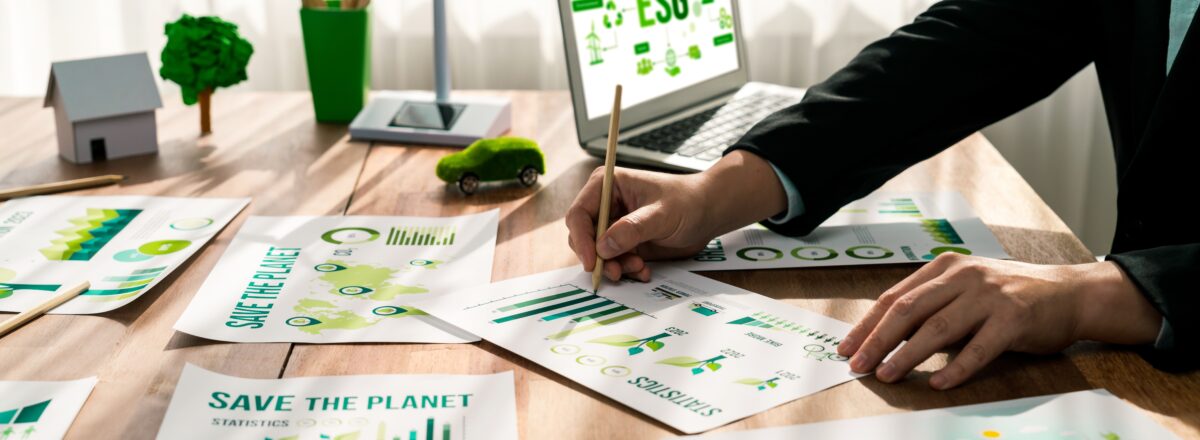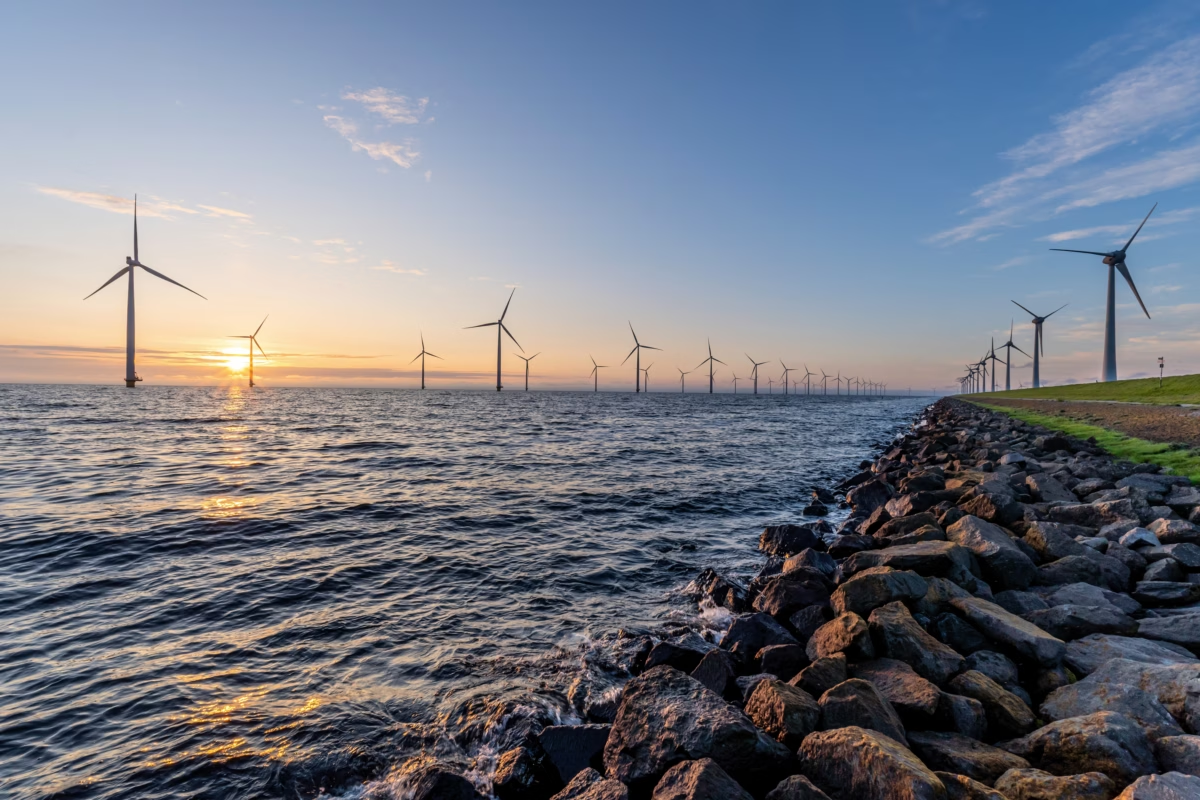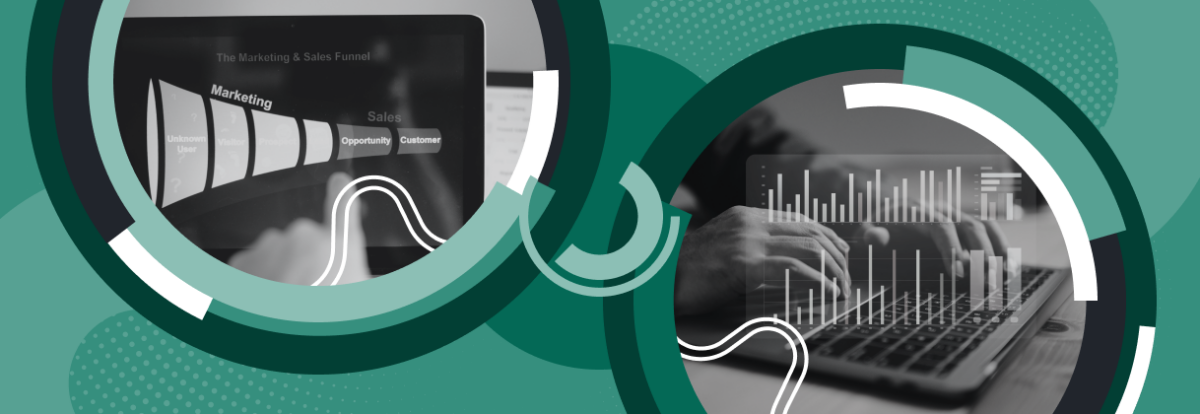The Science Behind Wind Energy: Understanding the Basics
Wind energy plays a crucial role in the shift toward clean, sustainable energy. By capturing the natural movement of the wind, wind turbines transform how we generate electricity, providing a powerful alternative to fossil fuels. This process taps into the kinetic energy carried by moving air. When the wind blows, its motion drives the blades of a wind turbine, triggering mechanisms that produce electricity. This article will help you understand how wind energy works and its role in the clean energy transition.
In this article, we break down the science behind wind energy and explain the technology that, in turn, turns simple wind into a promising source of renewable power.
The Basics of Wind Power Generation
Generating electricity from wind involves converting energy from one form to another. So, how does the process work?
Wind turbines generate electricity by converting the kinetic energy of wind into mechanical power through the aerodynamic design of their blades. The blades, shaped like airplane wings, create a pressure difference as wind flows over them. This produces lift, which spins the blades, and drag, which resists motion. Fortunately, lift is stronger, and thus, it drives the rotor’s rotation. This process is key to understanding how wind energy works.
The spinning rotor connects to a generator, either directly or through a gearbox that increases rotational speed. As a result, this system allows the turbine to use a smaller generator efficiently. The generator transforms mechanical energy into electrical energy, sending it down the turbine tower and, consequently, into the grid to power homes and businesses.
For more information on wind power generation, visit WindEurope.
Types of Wind Turbines: Residential and Industrial
While many associate wind turbines with large constructions, there are different types. Residential and industrial turbines differ in size, power output, and purpose.
For example, industrial turbines are large, over 100 meters tall with blades over 20 meters long. They generate substantial electricity, thereby powering thousands of homes or large facilities.
In contrast, residential turbines are smaller, designed for private properties or small businesses. They supplement household electricity, reduce bills, and lower grid reliance. Moreover, small turbines can also serve businesses seeking green energy solutions.
Additionally, residential turbines operate quietly and blend with surroundings, making them suitable for urban areas where large turbines aren’t practical. Both types play vital roles in renewable energy.
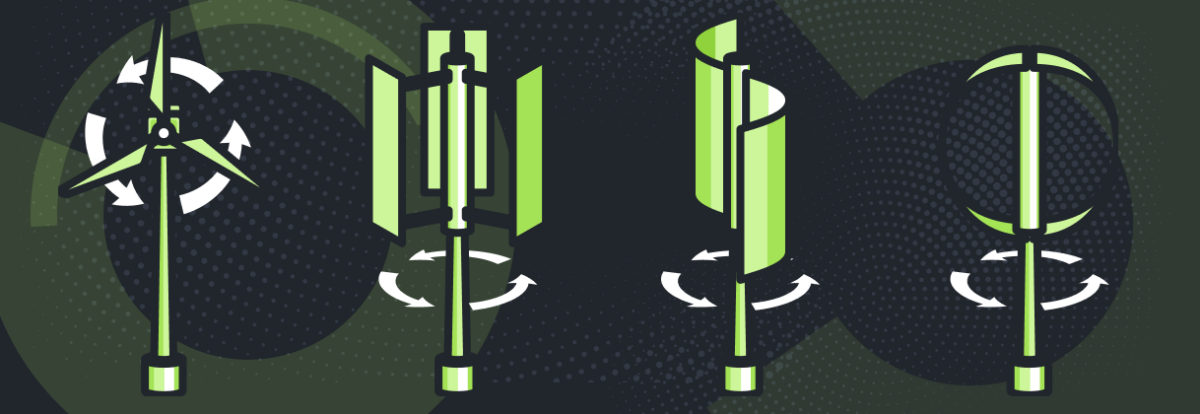
What Makes Wind Energy Green?
Green energy reduces the carbon footprint of electricity generation. Wind energy is clean and sustainable, unlike fossil fuels. Its environmental impact is limited to manufacturing, transport, and setup. However, once operational, wind turbines generate electricity without burning fuel or polluting the air.
Learn more about the environmental benefits of wind energy from European Environment Agency (EEA).
The Carbon Footprint of a Wind Turbine
Businesses invest in wind energy to reduce energy bills, gain independence from the grid, and lower carbon footprints. Indeed, corporate responsibility drives more companies to cut environmental impact by using renewable sources like wind.
Wind turbines operate without releasing pollutants or requiring water for cooling. Therefore, they reduce the need for fossil-fuel-based power, cutting air pollution and carbon emissions. While manufacturing emits some CO2, it’s minimal compared to fossil fuels and offset over time.
How Long to Become Carbon Neutral?
Studies suggest a wind turbine becomes carbon neutral in about 7 months. Considering that turbines last for decades, this is highly optimistic.
Ready to harness the power of wind energy for your business? Contact Freen today to schedule your free feasibility study
Wind Turbine Technology and Innovations
Advancements in wind technology make wind power more efficient and eco-friendly. Engineers develop products that capture more wind, generate more electricity, and reduce maintenance needs. Furthermore, innovations in materials minimize environmental impacts.
For residential use, small turbines have improved significantly. As a result, they have become quieter, compact, and effective in low wind conditions. They’re ideal for urban areas, reducing reliance on fossil fuels even for households and businesses. These innovations are crucial for improving how wind energy works in different environments.
Freen Wind Turbines: Efficiency and Solutions
Freen’s small wind turbines exemplify innovative, efficient solutions. A balanced blade diameter, turbine height, and design features optimize energy capture, even in low-wind areas. Hence, this makes them suitable for urban and residential environments.
Take the first step towards a sustainable future. Schedule a meeting with our experts to explore how wind energy can help you meet your sustainability goals.
Conclusion: The Role of Wind Energy in a Clean Future
Wind energy is essential for a sustainable, low-carbon future. As an accessible renewable source, it reduces greenhouse gases, improves air quality, and conserves resources. While turbine production has some environmental impact, the emissions saved over their lifespan far outweigh initial costs. With ongoing innovation, wind energy will become more efficient and affordable, shaping a cleaner, resilient future.
For additional insights on renewable energy, check out International Renewable Energy Agency (IRENA).


